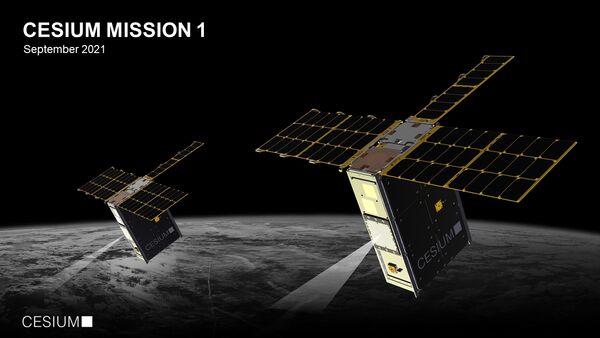
CesiumAstro's Cesium Mission 1 AESA satcom testbed launched in 2021. The company reached a deal with the SDA to develop a Link 16-capable AESA antenna platform. (CesiumAstro)
The Pentagon's Space Development Agency (SDA), in conjunction with Colorado-based space payload company CesiumAstro, is developing the first multibeam active electronically scanned array (AESA) antenna compatible with the Link 16 tactical datalink.
Distributed across the L-band frequency, the AESA platform under development by CesiumAstro will create a persistent, established Link 16 satellite communications (satcom) network with regional and global reach across SDA's low Earth orbit (LEO) satellite network, known as the Proliferated Warfighter Space Architecture (PWSA). The work will be conducted as part of a USD5 million development deal with SDA, awarded on 2 March.
“Link 16 is [basically] two radios coming together to share data, [and] when one of those platforms leaves, the network goes away,” Trey Pappas, vice-president of Business Development at CesiumAstro, told Janes . “What this is creating is a permanent Link 16 structure, so that any capability – whether it is [dismounted troops], whether it's an aircraft, or whether it's a ship that moves into an area – they come into an area, where there is already an established Link 16 network,” he said during a March interview.
The key to establishing persistent Link 16 network connectivity across the L-band at LEO is the AESA antenna's steerable capability, Pappas said. The current slate of L-Band antennas for space-based communications transport is fixed, body-mounted antenna systems. As a result, the signal coverage area transmitted from these antennas is severely limited, compared with the coverage areas required by the SDA for Link 16 transmissions, according to Pappas.
Looking to read the full article?
Gain unlimited access to Janes news and more...
